Blog
Jewellok is a professional pressure regulator and valve manufacturer and supplier.
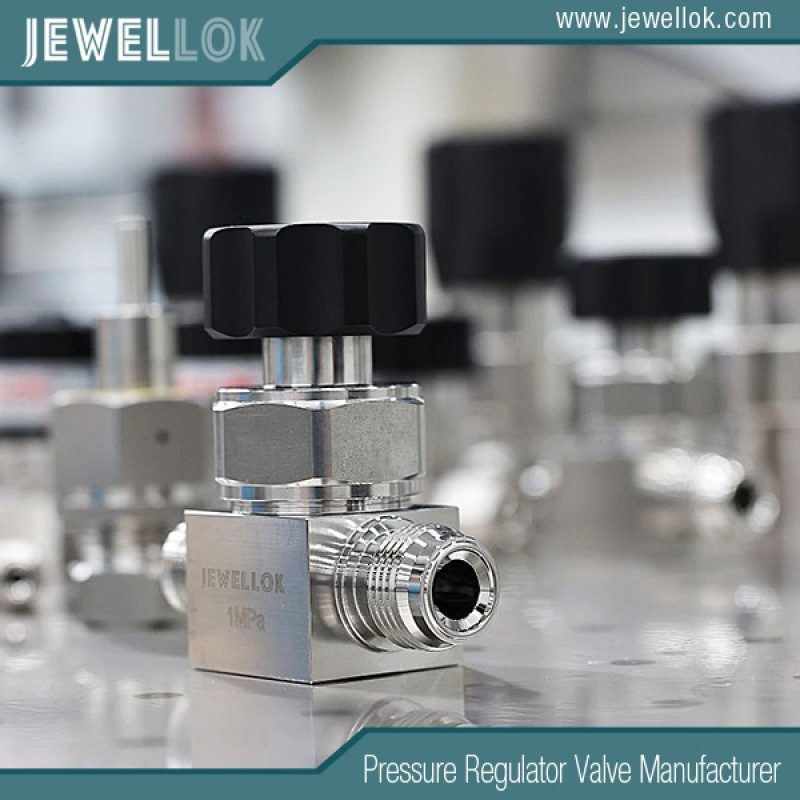
Stainless Steel Diaphragm Valve Manufacturer
- Pressure Regulator Valve Manufacturer
- 316 SS ball valves manufacturer, 316l stainless steel diaphragm valve, 316l stainless steel diaphragm valve Thailand, back pressure regulator manufacturers, best stainless steel diaphragm valve manufacturer, Best stainless steel diaphragm valve suppliers, china high pressure air regulator valve manufacturer, Diaphragm Valve Manufacturers, Double Block and Bleed valve manufacturers, gas regulator valve manufacturers, high flow needle valve manufacturer, high pressure ball valve manufacturer, high pressure hydraulic needle valve manufacturer, high pressure needle valve manufacturer, high purity valves manufacturers, industrial diaphragm valve manufacturers, low pressure valve manufacturer, medical oxygen pressure gauge manufacturer, pneumatic actuated ball valve manufacturer, pressure control valve manufacturers, pressure gauge manufacturers, pressure reducing valve manufacturers, pressure relief valve manufacturers, ss diaphragm valve manufacturers, Stainless Steel Diaphragm Valve, stainless steel diaphragm valve factory, Stainless Steel Diaphragm Valve Manufacturer
- No Comments
Stainless Steel Diaphragm Valve Manufacturer
Stainless steel diaphragm valves are indispensable in industries where controlling fluid flow with precision, maintaining hygiene, and ensuring durability are critical. These valves utilize a flexible diaphragm to regulate the passage of liquids, gases, or slurries, providing a reliable seal that prevents leaks and contamination. Constructed from stainless steel, they offer exceptional resistance to corrosion, high temperatures, and harsh chemicals, making them a preferred choice in demanding environments. Sectors such as pharmaceuticals, food and beverage, biotechnology, and chemical processing depend on these valves to meet rigorous operational and regulatory requirements.
The growing reliance on stainless steel diaphragm valves reflects advancements in these industries, driven by the need for safety, efficiency, and compliance with global standards. This 2000-word article provides an in-depth exploration of stainless steel diaphragm valve manufacturers, covering their products, production processes, applications, key players, and the trends shaping the future of this vital technology. Whether you’re an engineer, a procurement specialist, or simply curious about industrial components, this guide offers a comprehensive look at this specialized field.

Overview of Stainless Steel Diaphragm Valves
Stainless steel diaphragm valves manufacturer operate by using a flexible diaphragm—typically made from materials like elastomers (e.g., EPDM) or polytetrafluoroethylene (PTFE)—to control fluid flow. The diaphragm presses against a seat within the valve body to stop flow or lifts to allow it, isolating the valve’s internal mechanisms from the fluid. This design minimizes contamination risks and wear on moving parts. The valve body, crafted from stainless steel grades such as 316 or 316L, ensures robustness and resistance to corrosive substances, making it suitable for challenging conditions.
Key Features
- Corrosion Resistance: Stainless steel endures exposure to aggressive chemicals and extreme temperatures, enhancing longevity.
- Hygienic Design: Smooth, crevice-free surfaces facilitate cleaning, crucial for sterile applications.
- Leak-Proof Operation: The diaphragm ensures a tight seal, preventing leaks even under pressure.
- Versatility: These valves manage a wide range of media, including liquids, gases, and viscous slurries.
The production of these valves requires precision engineering. Manufacturers cast or forge the stainless steel body, then machine it to exact specifications. The diaphragm is chosen based on the application’s chemical and thermal demands, and the assembly process ensures a seamless fit to guarantee performance and reliability.
Types of Stainless Steel Diaphragm Valves
Stainless steel diaphragm valves are available in various designs, each tailored to specific operational needs:
- Weir Type: Featuring a raised weir that the diaphragm seals against, this design excels in throttling applications. It’s widely used in pharmaceuticals and food processing for handling clean fluids.
- Straight-Through Type: With a full-bore opening, this type reduces pressure drops and accommodates slurries or thick fluids, making it ideal for wastewater treatment and chemical processing.
- Multi-Port Valves: These valves have multiple inlets and outlets, enabling complex flow patterns like mixing or diverting. They’re valuable in chemical and biotech processes.
- Zero-Static Valves: Engineered to eliminate dead spaces where fluids might stagnate, these are essential in hygienic applications such as biopharmaceutical production.
Each variant is designed to optimize performance, ensuring manufacturers can meet diverse industrial requirements.
Applications in Various Industries
The versatility of stainless steel diaphragm valves makes them critical across multiple sectors:
- Pharmaceuticals: In drug manufacturing processes like fermentation and sterile fluid transfer, these valves ensure compliance with hygiene standards.
- Food and Beverage: From breweries to dairies, they regulate liquid flow while preventing contamination, maintaining product safety.
- Chemical Processing: Their ability to resist acids and solvents makes them perfect for handling aggressive substances.
- Biotechnology: In bioreactors and cell culture systems, they provide precise control under sterile conditions.
- Water Treatment: They withstand corrosion from treated water and chemicals in filtration and disinfection processes.
- Semiconductor Manufacturing: These valves manage high-purity chemicals and gases, ensuring contamination-free production.
This broad applicability underscores their importance in maintaining process integrity and safety across industries.
Leading Manufacturers
Several companies excel in producing stainless steel diaphragm valves, each bringing unique expertise to the market:
- GEMU: A German leader, GEMU specializes in high-purity valves for pharmaceuticals and biotech, offering innovative designs like the i-body for compact, multifunctional solutions.
- Saunders (Crane Co.): Since 1933, Saunders has pioneered diaphragm valve technology, serving life sciences, chemicals, and water treatment with durable products.
- ITT Engineered Valves: Through brands like Dia-Flo and Pure-Flo, ITT delivers reliable valves for industries from mining to food processing, prioritizing ease of maintenance.
- Alfa Laval: This Swedish firm focuses on hygienic valves for food, dairy, and pharmaceutical applications, emphasizing sustainability.
- Burkert: A fluid control expert, Burkert provides diaphragm valves with advanced automation features.
- SED Flow Control: Targeting pharmaceuticals, SED ensures high-quality valves that meet strict regulatory standards.
- Top Line Process Equipment Company: Specializing in sanitary applications, Top Line serves the food and beverage industry with compliant, high-performance valves.
These manufacturers drive innovation, adapting to the evolving needs of their customers.
Manufacturing Process
Creating stainless steel diaphragm valves involves a series of precise steps:
- Material Selection: Manufacturers choose stainless steel grades like 316L for durability and corrosion resistance, paired with diaphragms (e.g., PTFE, EPDM) suited to the application.
- Casting or Forging: The valve body is shaped through casting or forging, establishing a strong foundation.
- Machining: CNC machines refine the body to tight tolerances, ensuring a perfect fit with other components.
- Diaphragm Fabrication: The diaphragm is molded or cut from sheets, designed to withstand specific conditions.
- Assembly: Components are assembled, with the diaphragm positioned for an airtight seal.
- Testing: Valves undergo pressure, leak, and functional tests to confirm reliability.
- Surface Finishing: For hygienic uses, surfaces are polished to a mirror-like finish, minimizing bacterial adhesion.
Advanced techniques like automated assembly and precision machining ensure consistency and quality, meeting industry standards.
Industry Trends and Innovations
The stainless steel diaphragm valve sector is advancing with several notable trends:
- Advanced Materials: New diaphragm materials, such as thermoplastic elastomers, enhance chemical resistance and lifespan.
- Smart Technologies: Sensors and actuators enable real-time monitoring and automation, improving process efficiency.
- Sustainability: Eco-friendly designs reduce energy use and waste, aligning with environmental goals.
- Customization: Modular valves allow tailored solutions, optimizing performance and cost.
- Hygienic Design: Smoother surfaces and better drainability meet rising demands in pharmaceuticals and food production.
These developments ensure valves remain relevant and effective in modern applications.
Challenges in Manufacturing
Producing stainless steel diaphragm valves comes with hurdles:
- Material Compatibility: Matching materials to fluids and temperatures while balancing costs is challenging.
- Quality Control: Maintaining consistency across production requires stringent testing and oversight.
- Regulatory Compliance: Adhering to standards like FDA or GMP involves extensive documentation and certification.
- Technological Advancements: Staying competitive demands investment in R&D for innovations like smart valves.
- Global Competition: Manufacturers must stand out through quality and pricing in a crowded market.
Overcoming these obstacles requires expertise, innovation, and a customer-focused approach.
Future Outlook
The future for stainless steel diaphragm valve manufacturers is bright:
- Market Growth: Analysts predict a 5-7% CAGR over the next decade, fueled by demand in emerging markets and advanced industries.
- Emerging Applications: Uses in renewable energy, biotech, and advanced manufacturing are expanding opportunities.
- Technological Progress: Advances in materials, AI, and digitalization will produce smarter, more efficient valves.
- Sustainability Focus: Eco-conscious designs will support global environmental initiatives.
As industries evolve, these manufacturers will remain pivotal in delivering reliable fluid control solutions.

Conclusion
Stainless steel diaphragm valve manufacturers are essential to industries requiring precision, hygiene, and durability. Through cutting-edge technology, meticulous production processes, and a deep understanding of market needs, these companies provide valves that ensure safety and efficiency in complex applications. As global demands shift and technology progresses, their role will expand, cementing stainless steel diaphragm valves as a cornerstone of industrial fluid management. This guide has offered a detailed look at their world, highlighting their significance and the innovations driving their future.
For more about the best stainless steel diaphragm valve manufacturer, you can pay a visit to Jewellok at https://www.jewellok.com/ for more info.
Recent Posts
How a Gauged Two-Stage Propane Gas Pressure Regulator Works
The Best Natural Gas Pressure Regulators Manufacturers in USA
How to Choose the Right Laboratory Gas Valves
The Top High Pressure Hydraulic Needle Valve Manufacturer in 2025
Why the Top Companies Choose Ultra-High Purity Diaphragm Valves
How to Choose the Material Properties of Ball Valve Core?
Tags
Recommended Products
-
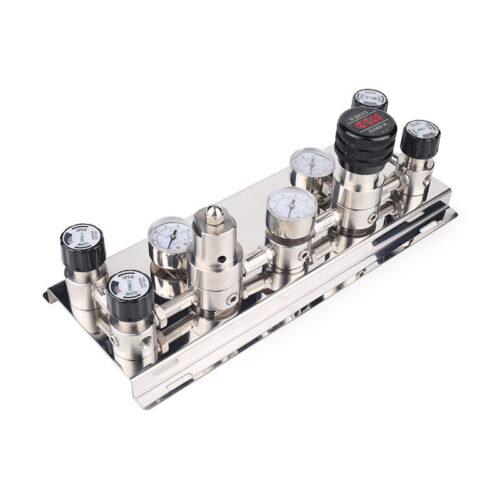
Stainless Steel High Pressure Specialty Gas Changeover Manifold For High Purity Oxygen Nitrogen Argon Helium Hydrogen Co2
-
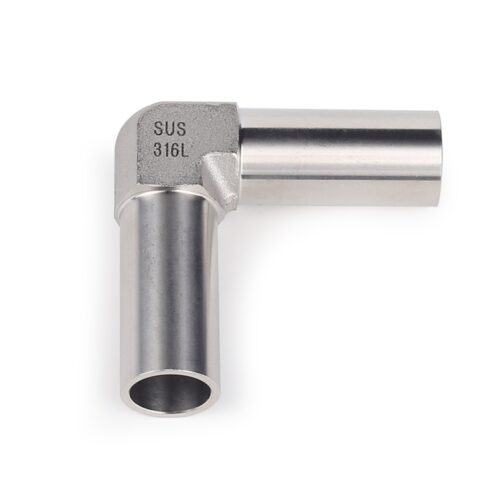
High Purity Stainless Steel Mini Tube Butt Weld Fittings For Semiconductor
-
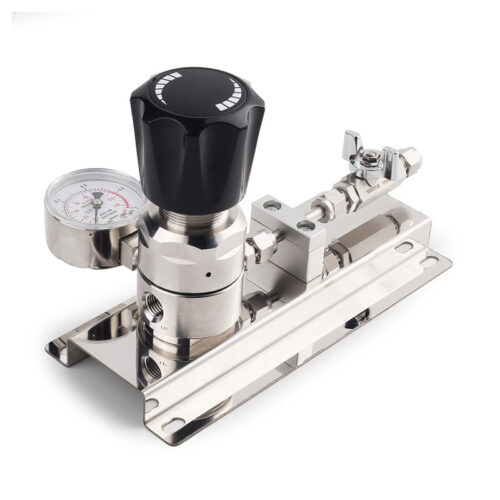
Ultra High Purity Stainless Steel Compressed Gas Changeover Manifold Panel System For Integrated Gas Supply System
-
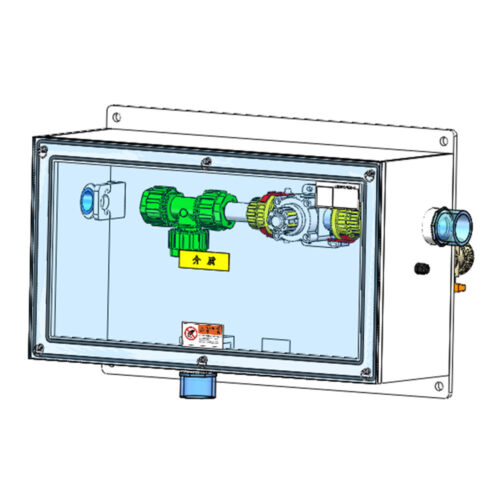
Scrubber Tail Gas Treatment Cabinet Waste Gas Treatment Wet Scrubber Exhaust Gas Treatment Spray Tower
-
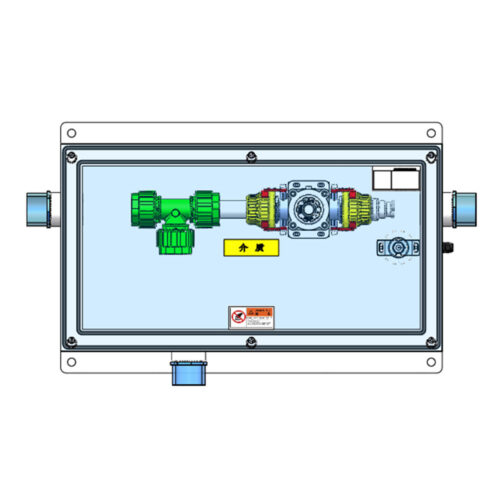
T-BOX JW-TB-C Special Gas Delivery System Gas Valve Manifold Boxes
-
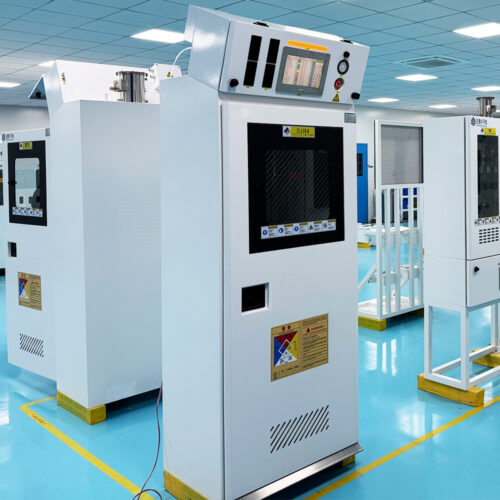
BSGS Large Flow Specialty Gas Supply Cabinet 3 Cylinder Gas Storage Cabinet Fully Automated PLC Control Bulk Specialty Gas Systems (BSGS) Gas Cabinets
-
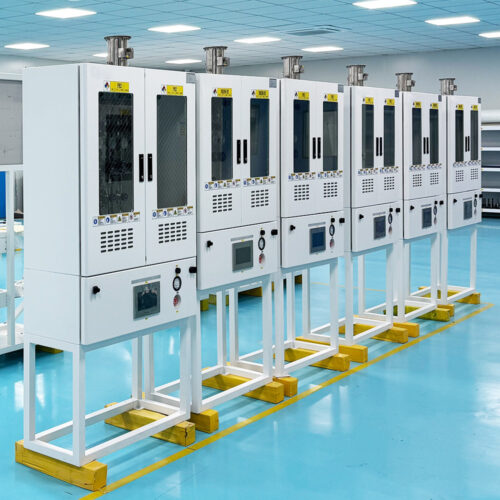
VMB Valve Manifold Box And Panel Gas Cabinet, BSGS Gas Cabinets, TMA Gas Cabinets, Scrubber Tail Gas Treatment Cabinets
-
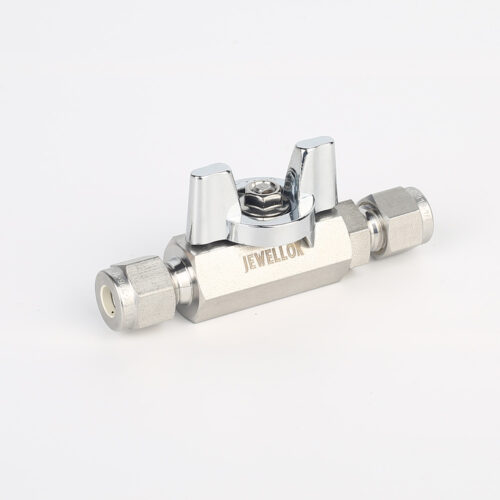
Stainless Steel High-Purity High Temperature Metal Seated Ball Valves JBV3 Series